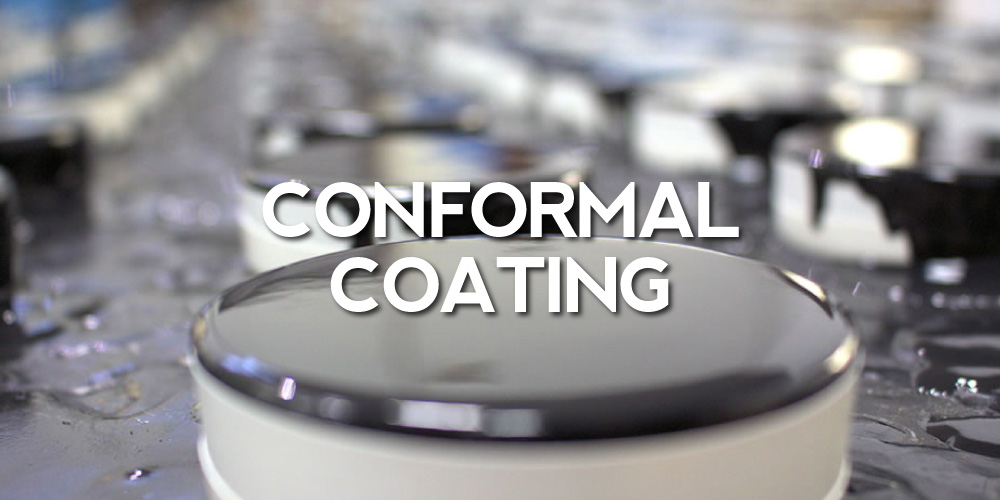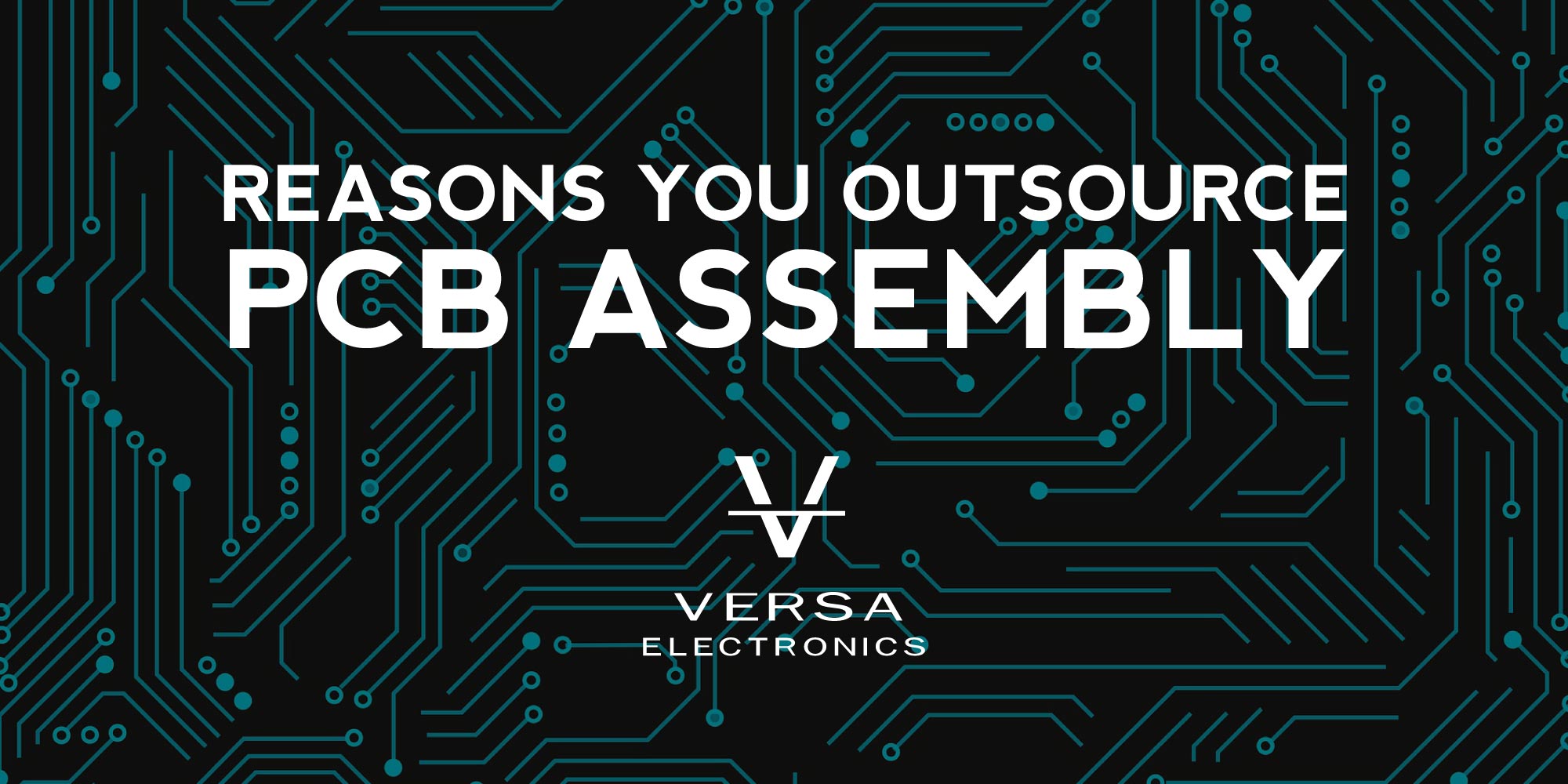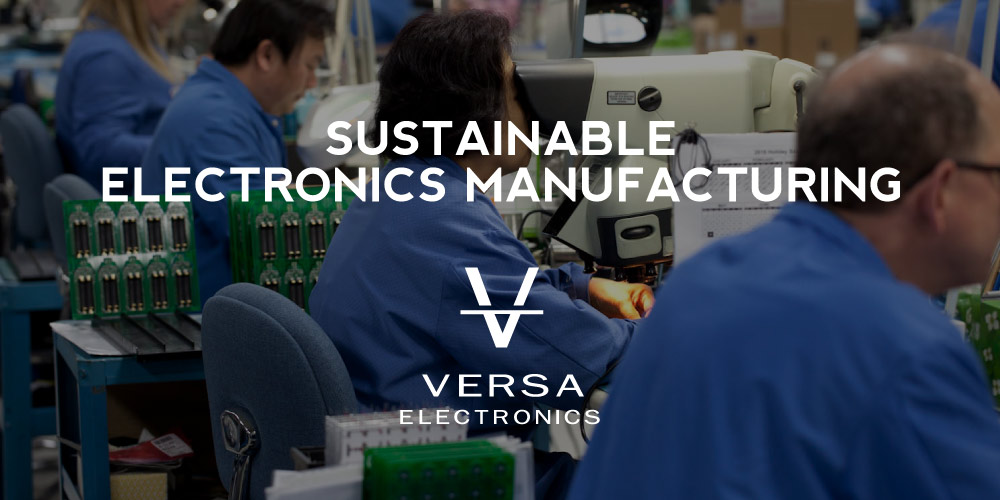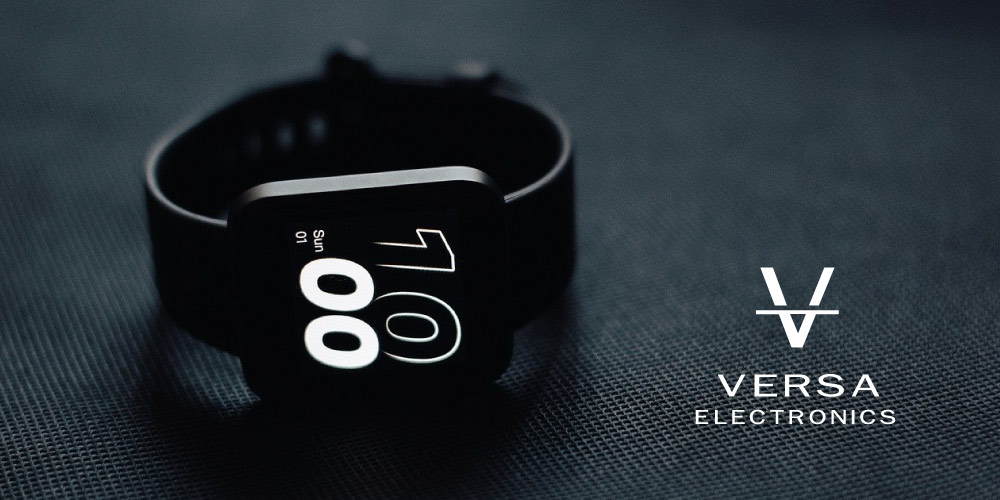Circuit boards are exposed to various contaminants like moisture, dust, fungus, and abrasion. The conformal coating protects PCBs and electronics from external elements to improve their performance in harsh environments. Conformal coat technology was first used by the military, but ongoing research has expanded to industries like medicine, aerospace, automotive, and marine. This article explains what conformal coating is, its benefits, applications, and the common types of coating materials.
Understanding Conformal Coating
Conformal coating is a protective barrier that conforms to the irregular topography circuit board to improve its reliability and durability. It protects and insulates PCBs and electronics from environmental elements like humidity and dust. This specialty polymeric film is typically applied at 25-75µm.
Benefits of Conformal Coating
A newly assembled circuit board will work just fine, but you cannot guarantee normal function once it is exposed to harsh conditions. The benefits of coating your PCBs and electronics include:
- Protection against chemicals and solvents
- Eliminate the need for complex enclosures
- Improve the reliability of electric devices
- Protection from humidity, vapors, and salt sprays
- Boost the lifespan of your product
- Cover sharp edges
- Reduce the impact of vibrations and stress
- Temperature resistance
Types of Conformal Coating
You will need a coating that is suited for electronic applications, but the available options can quickly overwhelm any electrical engineer. The ideal coating should resist abrasion and external elements while being adequately flexible to withstand temperature shock.
It should also have sufficient thinness to conform to a circuit board’s landscape, and it must be easy to apply. The perfect coating does not exist, and you must look at the characteristics of different coatings to select the right one for your product. The standard coating categories used are:
1- Acrylic Resin
Acrylic resins are quite common as they are economical and easy with which to work. They offer an adequate level of protection against a range of contaminants, but they do not protect against chemicals and solvents. These resins are also not ideal for harsh environments as they have low-abrasion resistance. You will find it easy to remove acrylic resins, which makes them suitable for rework projects.
2- Silicone Resins
Silicone coatings are impressively resistant to temperature changes thanks to their flexible properties. They offer good overall protection, and you can expect fair abrasion and moisture resistance. Silicone resins are challenging to remove, and they offer no protection against solvents.
3- Polyurethane Resins
Polyurethane resins exhibit excellent chemical and abrasion resistance, and you can be confident that your electrical products will be well protected in harsh environments. The coatings have good flexibility that stands even in low temperatures, and they are often used in the aerospace industry for protection against fuel vapors. However, polyurethane resins, like silicone coatings, are quite challenging to remove.
4- Hybrid Coatings
The various properties of different resins can be mixed to create better-performing coating technologies. New hybrid coatings are continually being developed, and they provide adequate protection in a broad range of environments.
How to Apply Conformal Coatings
The coating of your choice must be accurately applied to provide the desired level of protection. The coating must have the correct thickness during the application, and automatic spraying often yields the best result. The standard application methods are:
1- Dipping
If you choose to use the dipping method, you will dip most or all of the circuit board into the conformal coating. It is ideal when both sides of the product need to be coated. The dipping method is commonly used for high-volume assembly since many PCBs can be coated simultaneously.
2- Brushing
Brushing is the more cost-effective application method, but it is quite labor-intensive. It is mainly used for repair work since it is challenging to control the coating thickness. You can use this method for low-volume projects as long as you are incredibly keen during application.
3- Spraying
You can use manual spraying for smaller production runs using air-brush spray guns or aerosol cans. You will need to mask all the parts that will not be sprayed, and you may spend a lot of time during the application. If you are doing extensive coating, your best bet is automated methods as they are precise and time-saving.
The Coating Process
For the coating to be effective, you should clean and dry the circuit board thoroughly. If you work with a surface that is not cleaned correctly, you risk coating defects like cracks, orange peels, and dendrite growth. You should also mask off any areas that should not be coated and round off or eliminate sharp edges.
After choosing the application method, you should coat the board uniformly and maintain the viscosity at a constant level. You may need to coat the board in two or three successive layers to attain sufficient thickness. Leave the board to dry in a dust-free environment, and you can use heat, UV light, or moisture to cure your board.
Wrapping Up
A conformal coating will protect your assembly from external rigors and boost the reliability of your products. However, to harness the benefits of conformal coating, you need to choose the right resin and apply it accurately. Your best bet is a reliable electronic manufacturer with a team of innovative and experienced engineers.





